-
 Bitcoin
Bitcoin $118300
-1.72% -
 Ethereum
Ethereum $3591
-0.69% -
 XRP
XRP $3.478
-3.53% -
 Tether USDt
Tether USDt $1.001
-0.01% -
 BNB
BNB $737.7
-0.54% -
 Solana
Solana $177.3
-2.40% -
 USDC
USDC $0.9999
-0.01% -
 Dogecoin
Dogecoin $0.2538
7.04% -
 TRON
TRON $0.3256
-0.85% -
 Cardano
Cardano $0.8332
-3.48% -
 Hyperliquid
Hyperliquid $44.80
-3.30% -
 Stellar
Stellar $0.4672
-6.09% -
 Sui
Sui $3.828
-5.98% -
 Chainlink
Chainlink $18.15
-3.41% -
 Hedera
Hedera $0.2655
-7.16% -
 Bitcoin Cash
Bitcoin Cash $517.5
-0.64% -
 Avalanche
Avalanche $23.89
-2.37% -
 Shiba Inu
Shiba Inu $0.00001519
-0.45% -
 UNUS SED LEO
UNUS SED LEO $8.973
0.13% -
 Toncoin
Toncoin $3.211
-2.54% -
 Litecoin
Litecoin $103.5
-3.58% -
 Polkadot
Polkadot $4.313
-3.90% -
 Uniswap
Uniswap $10.31
0.67% -
 Monero
Monero $325.4
-2.88% -
 Bitget Token
Bitget Token $5.049
3.51% -
 Ethena USDe
Ethena USDe $1.002
0.04% -
 Pepe
Pepe $0.00001346
-2.96% -
 Dai
Dai $0.9999
-0.02% -
 Aave
Aave $322.1
-2.93% -
 Bittensor
Bittensor $411.9
-4.70%
How to read the double bottom pattern of MFI? Is the success rate of the double bottom pattern high?
The double bottom pattern in MFI signals a bullish reversal when the index breaks above the peak between two similar lows in the oversold territory.
May 22, 2025 at 06:36 pm
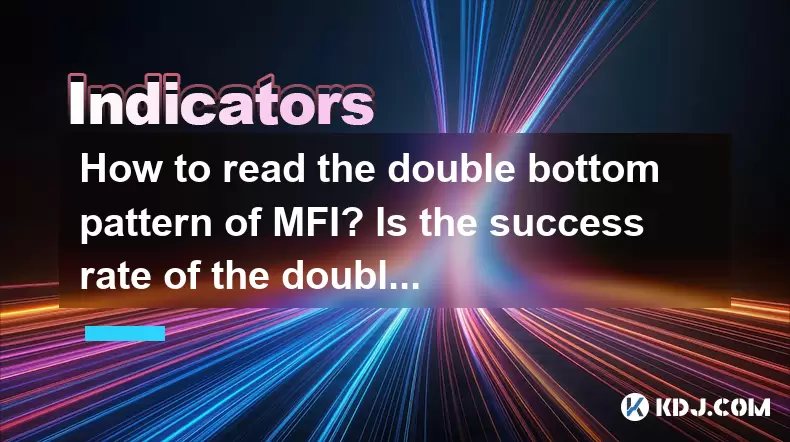
The Money Flow Index (MFI) is a popular technical indicator used by traders to gauge the strength of money flowing in and out of a cryptocurrency asset. One of the key patterns that traders often look for within the MFI is the double bottom pattern. This article will explore how to read the double bottom pattern of MFI and evaluate its success rate within the context of cryptocurrency trading.
Understanding the Money Flow Index (MFI)
Before diving into the double bottom pattern, it's crucial to have a solid understanding of the MFI itself. The MFI is a momentum indicator that combines price and volume to measure buying and selling pressure. It ranges from 0 to 100 and is typically considered overbought when it exceeds 80 and oversold when it falls below 20.
- To calculate the MFI, you first need to determine the typical price and the raw money flow for each period. The typical price is the average of the high, low, and closing prices. The raw money flow is the product of the typical price and the volume for the period.
- Next, you categorize the raw money flow as positive or negative based on whether the typical price is higher or lower than the previous period's typical price.
- Finally, the MFI is calculated using a formula that involves the positive and negative money flows over a specified period, typically 14 days.
Identifying the Double Bottom Pattern in MFI
The double bottom pattern in the MFI is a bullish reversal pattern that indicates a potential shift from a downtrend to an uptrend. It consists of two troughs at approximately the same level, separated by a peak.
- To identify a double bottom pattern in the MFI, start by looking for a period where the MFI falls into the oversold territory (below 20). This forms the first bottom.
- After the first bottom, the MFI should rise to form a peak, indicating a temporary recovery in buying pressure.
- The key to confirming a double bottom is the formation of a second bottom. This second bottom should be at a similar level to the first bottom, ideally within a few points.
- Once the second bottom is formed, watch for the MFI to break above the peak that separated the two bottoms. This breakout is a strong signal of a potential bullish reversal.
Reading the Double Bottom Pattern
Reading the double bottom pattern involves understanding the context and the specific movements within the MFI. Here are some steps to effectively read this pattern:
- Observe the oversold levels: The double bottom should occur when the MFI is in the oversold territory. This indicates that the asset has been heavily sold, and a reversal might be imminent.
- Monitor the peaks: The peak between the two bottoms is crucial. It should be a clear, distinct peak that shows a temporary increase in buying pressure.
- Confirm the second bottom: The second bottom should be at a similar level to the first bottom. This indicates that the selling pressure has reached a similar low point twice, suggesting exhaustion among sellers.
- Watch for the breakout: The most critical step is to watch for the MFI to break above the peak between the two bottoms. This breakout confirms the double bottom pattern and signals a potential bullish reversal.
Success Rate of the Double Bottom Pattern
The success rate of the double bottom pattern in MFI can vary depending on several factors, including the specific cryptocurrency, market conditions, and the timeframe used for analysis. However, there are some general observations that can help traders assess the reliability of this pattern.
- Historical data analysis: Studies and backtests on historical data can provide insights into the success rate of the double bottom pattern. In the cryptocurrency market, where volatility is high, the pattern may have a higher success rate during certain market conditions, such as bear market bottoms or consolidation phases.
- Market context: The success rate of the double bottom pattern can be influenced by the broader market context. For instance, if the overall market sentiment is bullish, the pattern may have a higher success rate compared to a bearish market.
- Confirmation signals: Using additional technical indicators or chart patterns to confirm the double bottom pattern can increase its success rate. For example, a bullish divergence in the Relative Strength Index (RSI) or a breakout above a key resistance level can provide additional confirmation of the pattern's validity.
Practical Examples of Double Bottom Patterns in MFI
To illustrate how to read and interpret the double bottom pattern in MFI, let's look at some practical examples from the cryptocurrency market.
- Example 1: Bitcoin (BTC): Suppose the MFI for Bitcoin drops to 18, forming the first bottom. It then rises to a peak of 45 before dropping back to 19, forming the second bottom. If the MFI then breaks above 45, this confirms the double bottom pattern and suggests a potential bullish reversal for Bitcoin.
- Example 2: Ethereum (ETH): In another scenario, the MFI for Ethereum falls to 15, rises to a peak of 38, and then drops back to 16. A subsequent break above 38 would confirm the double bottom pattern, indicating a potential bullish reversal for Ethereum.
Using the Double Bottom Pattern in Trading Strategies
Incorporating the double bottom pattern into trading strategies can enhance a trader's ability to identify potential entry points and manage risk. Here are some strategies to consider:
- Entry points: Use the breakout above the peak between the two bottoms as a signal to enter a long position. This breakout confirms the bullish reversal and can be a strong entry point.
- Stop-loss levels: Set a stop-loss order just below the second bottom to limit potential losses if the pattern fails.
- Target levels: Identify potential target levels based on previous resistance levels or Fibonacci retracement levels. These can help traders set realistic profit targets.
Frequently Asked Questions
Q: Can the double bottom pattern appear in other technical indicators besides MFI?
A: Yes, the double bottom pattern can appear in other technical indicators such as the Relative Strength Index (RSI) and the price chart itself. However, the interpretation and confirmation signals may differ depending on the indicator used.
Q: How long does it typically take for a double bottom pattern to form in the MFI?
A: The timeframe for a double bottom pattern to form can vary widely, depending on the specific cryptocurrency and market conditions. It can take anywhere from a few days to several weeks for the pattern to fully develop.
Q: Are there any specific cryptocurrencies where the double bottom pattern in MFI is more reliable?
A: While the double bottom pattern can be observed across various cryptocurrencies, it may be more reliable in major cryptocurrencies like Bitcoin and Ethereum due to their higher liquidity and more extensive historical data.
Q: Can the double bottom pattern in MFI be used for short-term trading?
A: Yes, the double bottom pattern can be used for short-term trading, especially when combined with other technical indicators and chart patterns. However, traders should be aware of the increased risk associated with shorter timeframes and adjust their strategies accordingly.
Disclaimer:info@kdj.com
The information provided is not trading advice. kdj.com does not assume any responsibility for any investments made based on the information provided in this article. Cryptocurrencies are highly volatile and it is highly recommended that you invest with caution after thorough research!
If you believe that the content used on this website infringes your copyright, please contact us immediately (info@kdj.com) and we will delete it promptly.
- Charles Schwab, Bitcoin Trading, and Stablecoins: A New Era?
- 2025-07-19 11:30:13
- Meme Coin Mania: BONK, FLOKI, and the Quest for Crypto Gold
- 2025-07-19 10:50:12
- Troller Cat Presale Surge: The Meme Coin That's Actually Good?
- 2025-07-19 10:50:12
- Hedera (HBAR) Whale Activity: Riding the Bullish Wave?
- 2025-07-19 11:30:13
- XRP Mining for Passive Income: Is It the Next Big Thing?
- 2025-07-19 10:30:12
- XRP Mining for Passive Income: Is It the New Gold Rush?
- 2025-07-19 11:35:12
Related knowledge
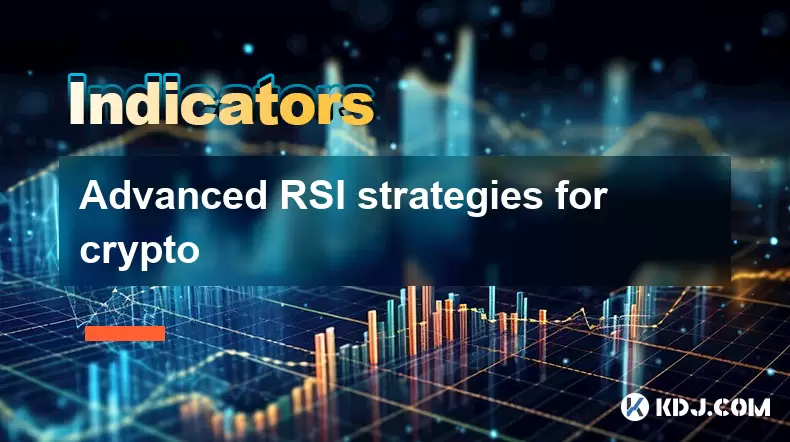
Advanced RSI strategies for crypto
Jul 13,2025 at 11:01am
Understanding the Basics of RSI in Cryptocurrency TradingThe Relative Strength Index (RSI) is a momentum oscillator used to measure the speed and chan...
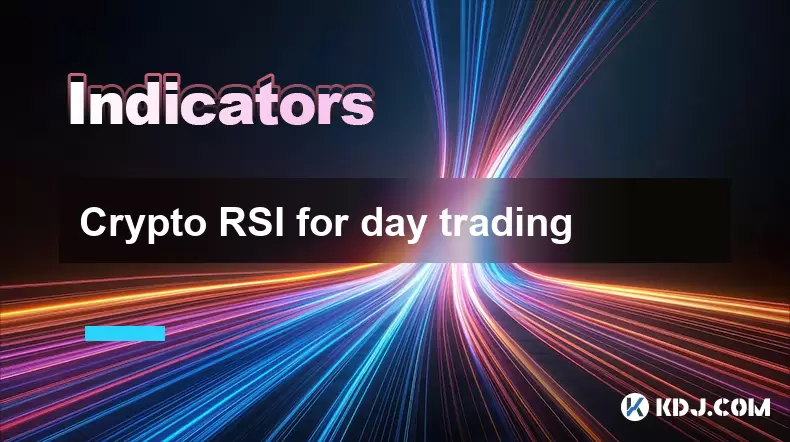
Crypto RSI for day trading
Jul 12,2025 at 11:14am
Understanding RSI in the Context of Cryptocurrency TradingThe Relative Strength Index (RSI) is a momentum oscillator used to measure the speed and cha...
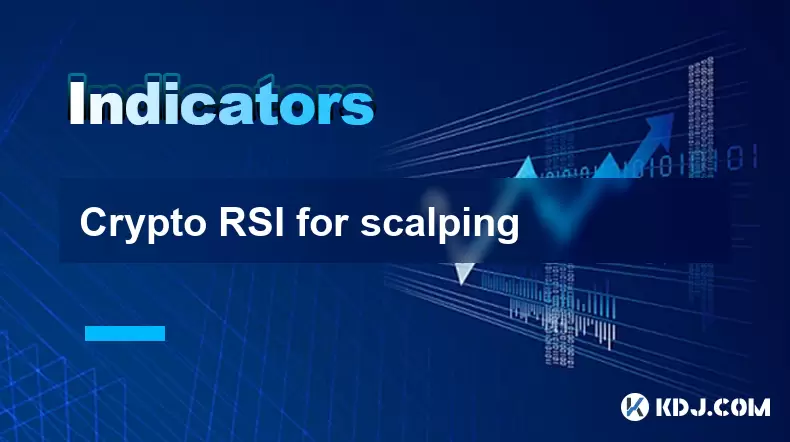
Crypto RSI for scalping
Jul 12,2025 at 11:00pm
Understanding RSI in the Context of Crypto TradingThe Relative Strength Index (RSI) is a momentum oscillator widely used by traders to measure the spe...
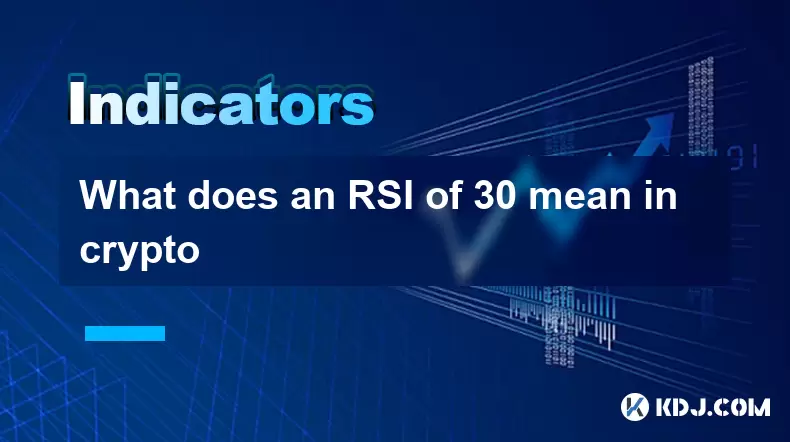
What does an RSI of 30 mean in crypto
Jul 15,2025 at 07:07pm
Understanding RSI in Cryptocurrency TradingRelative Strength Index (RSI) is a momentum oscillator widely used in cryptocurrency trading to measure the...
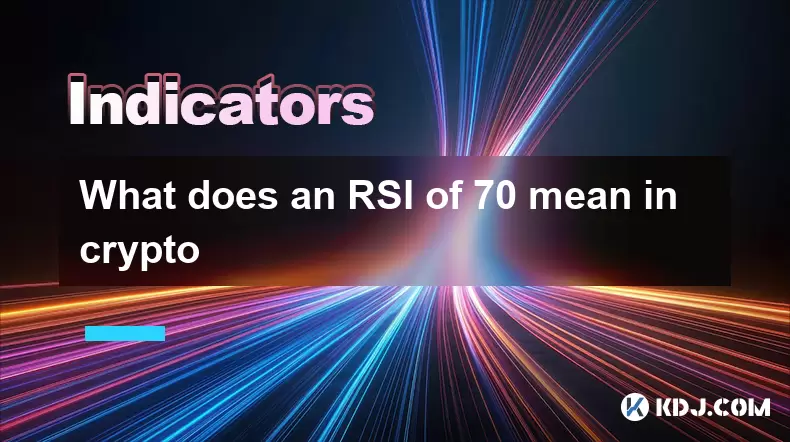
What does an RSI of 70 mean in crypto
Jul 13,2025 at 06:07pm
Understanding the RSI Indicator in Cryptocurrency TradingThe Relative Strength Index (RSI) is a widely used technical analysis tool that helps traders...
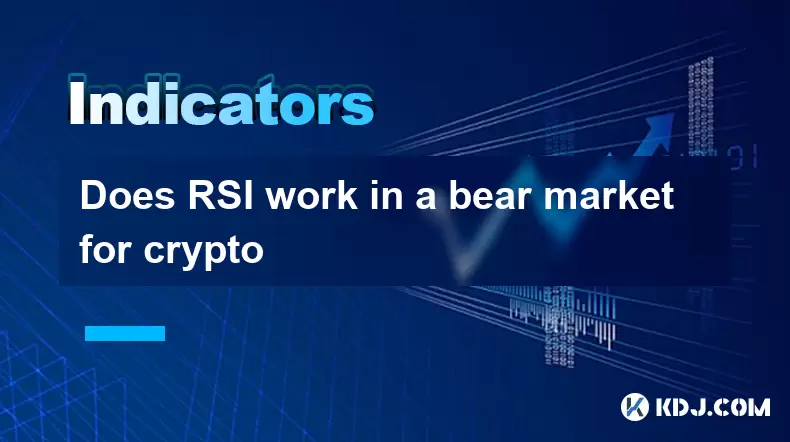
Does RSI work in a bear market for crypto
Jul 16,2025 at 01:36pm
Understanding RSI in Cryptocurrency TradingThe Relative Strength Index (RSI) is a momentum oscillator used by traders to measure the speed and change ...

Advanced RSI strategies for crypto
Jul 13,2025 at 11:01am
Understanding the Basics of RSI in Cryptocurrency TradingThe Relative Strength Index (RSI) is a momentum oscillator used to measure the speed and chan...

Crypto RSI for day trading
Jul 12,2025 at 11:14am
Understanding RSI in the Context of Cryptocurrency TradingThe Relative Strength Index (RSI) is a momentum oscillator used to measure the speed and cha...

Crypto RSI for scalping
Jul 12,2025 at 11:00pm
Understanding RSI in the Context of Crypto TradingThe Relative Strength Index (RSI) is a momentum oscillator widely used by traders to measure the spe...

What does an RSI of 30 mean in crypto
Jul 15,2025 at 07:07pm
Understanding RSI in Cryptocurrency TradingRelative Strength Index (RSI) is a momentum oscillator widely used in cryptocurrency trading to measure the...

What does an RSI of 70 mean in crypto
Jul 13,2025 at 06:07pm
Understanding the RSI Indicator in Cryptocurrency TradingThe Relative Strength Index (RSI) is a widely used technical analysis tool that helps traders...

Does RSI work in a bear market for crypto
Jul 16,2025 at 01:36pm
Understanding RSI in Cryptocurrency TradingThe Relative Strength Index (RSI) is a momentum oscillator used by traders to measure the speed and change ...
See all articles

























































































